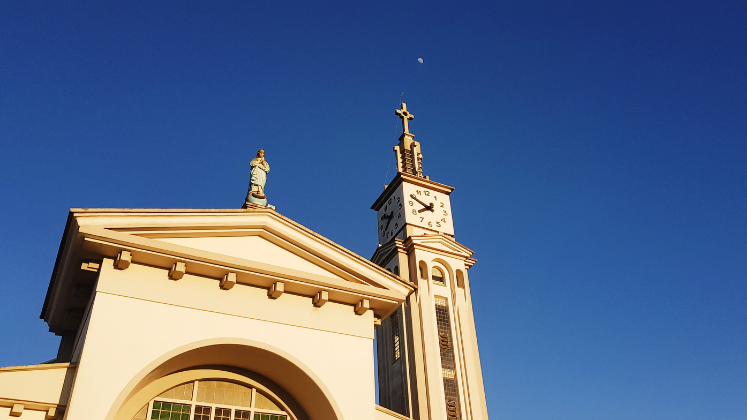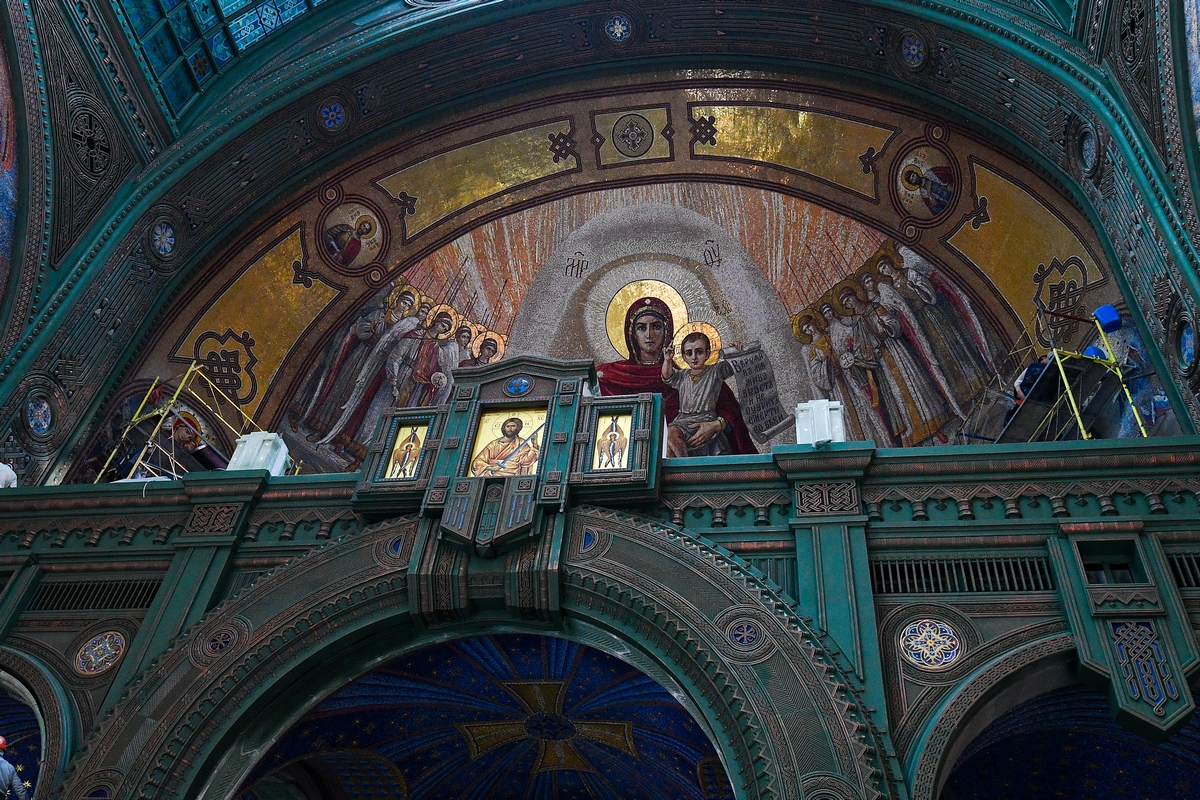International religious freedom (IRF) advocacy is bolstering freedom of religion or belief around the world. Emily K. Scolaro looks at the crucial role of the protection of religious and sacred sites, and the international collaborative efforts required to do so.

Our collective understanding of the complex issues facing the right to religious freedom around the world is expanding. Progress in international religious freedom (IRF) policy is embodied not only by new legislation itself, but also in the gaps in partnership, inclusion, and action that are revealed through policy implementation. These gaps articulate distinct struggles of minority religious groups that are intrinsic to, but not yet recognised as, integral to a robust approach to IRF advocacy.
In this effort, the protection of cultural heritage, and particularly sites of religious significance, is one such example of a new nexus worthy of exploration. Challenges facing persecuted and minority faith communities in exercising their freedom to worship at ancient heritage sites with deep religious significance have only become more prominent. Individual practice is often intrinsically linked to religious sites, making clear that the preservation of cultural heritage is a central component of protecting the human right to freedom of religion or belief.
This nexus has become increasingly salient in global affairs; the assault by ISIS on places of religious and cultural significance, as well as Russia’s intentional destruction of Ukrainian religious and heritage sites during wartime, are just two of many devastating examples we have witnessed. In Tibet, not only do we see the destruction of sacred sites by China but also policies of Sinicisation, by which temples and monasteries are either completely replaced by Chinese religious sites or forced to surrender their traditions in favour of those endorsed by the CCP.
In response, the global community has taken note, beginning to explore existing mechanisms and new approaches to expand awareness and identify opportunities for action. In July 2022, the UK Government hosted the International Ministerial Conference on Freedom of Religion or Belief (FoRB) in London, notably issuing the Statement on Freedom of Religion or Belief and Cultural Heritage. The statement aimed to elevate issues related to FoRB and human rights, and specifically referenced the ongoing destruction of Ukrainian sacred sites by Russian forces.
The laws of war are clear on heritage destruction. International provisions calling for the protection of cultural heritage during wartime date back to the 1954 Hague Convention for the Protection of Cultural Property in the Event of Armed Conflict, which has since served a crucial role in protecting the cultural heritage of countries experiencing political fragility and instability. Today, we see these challenges renewed given the destruction of religious sites in the Israeli-Palestinian conflict. However, the London Statement was the first to stress the importance of protecting cultural heritage as an avenue to protecting religious freedom itself. With 27 co-signers, the statement echoed an acceptance that the right to pilgrimage and worship are dependent on the preservation and protection of places of worship; the implication, therefore, is that this protection should be an integral part of the broader mission to protect the human right to religious freedom.
Global awareness was further advanced by UN Security Council Resolution 2686, accepted on 14 June 2023. The resolution, which promotes religious tolerance, highlights the importance of cultural heritage in promoting peace. Not only does it emphasise, once again, the value of protecting FoRB by protecting places of worship, but it also “[Acknowledges] the important role that cultural heritage can play in the promotion of reconciliation, peacebuilding, tolerance and peaceful coexistence.”
Building on this momentum, and in recognition of its core functions as both an advocacy and coordinating mechanism, the International Religious Freedom or Belief Alliance (IRFBA) launched a Working Group on Religious Cultural Heritage. The Working Group, comprised of IRFBA country delegates and expert council members, was founded to showcase the intertwined nature of ancient places with historic religious significance and the right of people to worship at them. In embracing this goal, it established itself as the first distinct platform dedicated to stressing the practical and symbolic devastation entailed in their destruction.
As part of this mission, the Working Group has used its convening power to organise a series of briefings that highlight the destruction of sacred sites in persecuted and minority religious communities around the world. In March, Ukrainian activists and experts working with the Smithsonian Institute briefed Working Group members on Russia’s continued destruction of religious sites in Ukraine. Following this, representatives from the International Campaign for Tibet, the Al-Baqee Organization, and the Baháʼí International Community have participated in Working Group sessions to share their perspectives on the destruction of sacred sites in Tibet, Saudi Arabia, and Iran, respectively. And last month in Prague at the International Ministerial Conference on Freedom of Religion or Belief, the United States, Canada, Sweden, and the United Kingdom cosponsored a high-level side event focusing on sacred site destruction in China (CCP targeting Tibetan Buddhists and Uyghur Muslims), Iraq (ISIS against Yazidis), and Ukraine (Russia bombing Ukrainian churches).
These briefings speak to the distinct experiences of each faith group, situating the devastation of heritage sites within historical conflicts, present international relations, and personal experiences of loss. They also, importantly, give representatives from diverse faith groups the opportunity to make recommendations on ways to assist at-risk heritage as well as a platform to articulate the impact and significance of its destruction. These conversations help Working Group members understand the complexities of these threats to better consider how to respond appropriately. They also build awareness and cultivate international understanding of these issues, and they facilitate interfaith dialogue that is central to collaborative steps towards peace.
For these powerful voices to have impact, their stories must reverberate; the information shared from the Working Group briefings should spur action and a multilateral response. As a unique inter-governmental body, the IRFBA Working Group on Religious Cultural Heritage has the potential to expand appreciation of the religious freedom-cultural heritage relationship, connecting the dots on seemingly parallel topics by exploring their intersection. It should continue to grow its network to include partners and collaborators.
These mechanisms reflect growing appreciation that the right to enjoy one’s cultural heritage, including the religious practices integral to its traditions, is a human right. This is true regardless of historical biases or conflicting perspectives against targeted groups and the respective faiths with which they identify. The global community can acknowledge this fact by expanding its definition of human rights to include the protection of religious cultural heritage; this symbolic step alone could catalyse action that is more inclusive of diverse populations and the rights they protect.
Photo by Karollyne Videira Hubert on Unsplash





